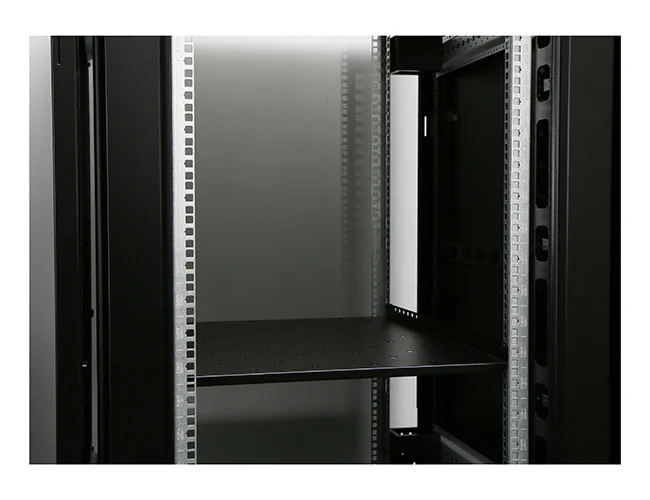News
Site Editor
 Site
https://leonetworkgroup.usa18.wondercdn.com/uploads/image/5fe152faa587d.png
HDMI cables are widely used to connect different types of devices such as televisions, computers, laptops, and gaming consoles, among others. An HDMI cable serves as a reliable medium for transmitting digital audio and video signals between devices. When it comes to testing the bandwidth of an HDMI cable, it is crucial to ensure that it meets the minimum requirements for transmitting high-quality
Site
https://leonetworkgroup.usa18.wondercdn.com/uploads/image/5fe152faa587d.png
HDMI cables are widely used to connect different types of devices such as televisions, computers, laptops, and gaming consoles, among others. An HDMI cable serves as a reliable medium for transmitting digital audio and video signals between devices. When it comes to testing the bandwidth of an HDMI cable, it is crucial to ensure that it meets the minimum requirements for transmitting high-quality
How To Test Hdmi Cable Bandwidth
Views: 8247
Author: Site Editor
Publish Time: 2023-07-10
Origin: Site
HDMI cables are widely used to connect different types of devices such as televisions, computers, laptops, and gaming consoles, among others. An HDMI cable serves as a reliable medium for transmitting digital audio and video signals between devices. When it comes to testing the bandwidth of an HDMI cable, it is crucial to ensure that it meets the minimum requirements for transmitting high-quality video and audio. In this article, we will discuss how to test the bandwidth of an HDMI cable.
First, it is important to know that the bandwidth of an HDMI cable is measured in Gigabits per second (Gbps). A high-speed HDMI cable should support bandwidth up to 18 Gbps, while a standard HDMI cable should support up to 10.2 Gbps. The bandwidth of an HDMI cable is dependent on many factors, including the quality of the cable and the devices that it is connected to.
One of the ways to test the bandwidth of an HDMI cable is to use a tool known as an HDMI signal generator. This tool allows you to generate audio and video signals at different resolutions and frame rates; thus, testing the bandwidth of the HDMI cable at different levels of data transfer. The HDMI signal generator ensures that the cable can handle high resolutions and frame rates without any signal loss, distortion or interruption.
Another way to test the bandwidth of an HDMI cable is to use software such as HDMI benchmark, which is designed to measure the performance of HDMI cables. This software can simulate different scenarios that test the HDMI cable's bandwidth, such as whether it can handle 4K Ultra-HD video or 3D video without degradation. The HDMI benchmark provides a comprehensive report on the performance of the cable, including its maximum bandwidth and whether it meets the current HDMI specification.
It is also important to note that the length of the HDMI cable can affect its bandwidth. Longer cables can experience signal loss and interference, resulting in a lower bandwidth. It is recommended to use a cable that is not longer than 50 feet, but if a longer cable is necessary, it is important to use an HDMI extender or booster to maintain the bandwidth.
In conclusion, testing the bandwidth of an HDMI cable is essential to ensure that it can deliver high-quality audio and video signals between devices. The use of an HDMI signal generator or software tools such as HDMI benchmark can help test the bandwidth of the cable. It is also important to consider the quality of the cable and the devices it is connected to, as well as the cable length when testing the HDMI cable. By following these recommendations, one can ensure optimal performance and maximum bandwidth of their HDMI cable.
If you want to know more about industrial network cabinet,china fiber optic splice closure,china fiber optic distribution box,please consult the fiber optic splice closure factory









